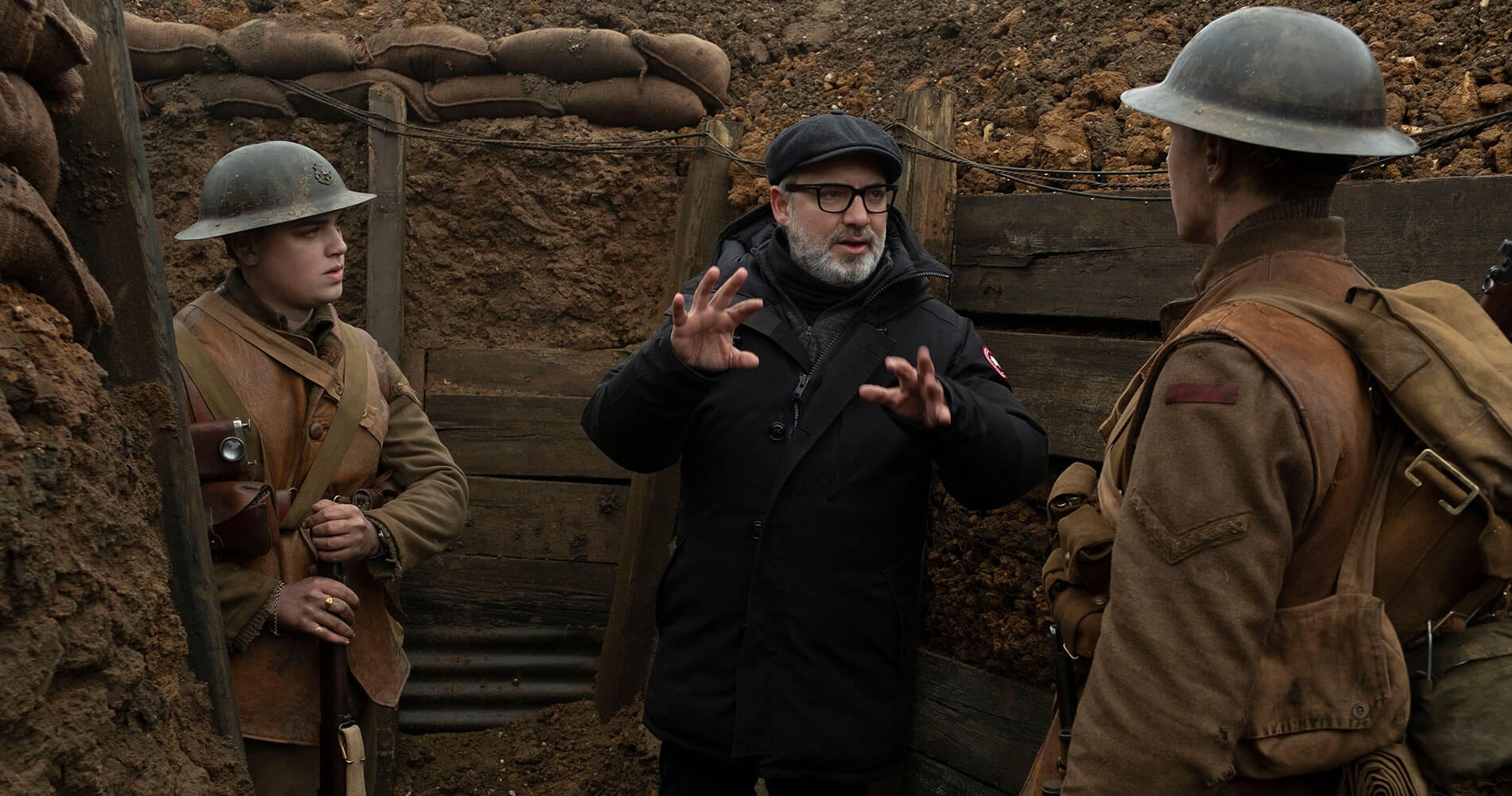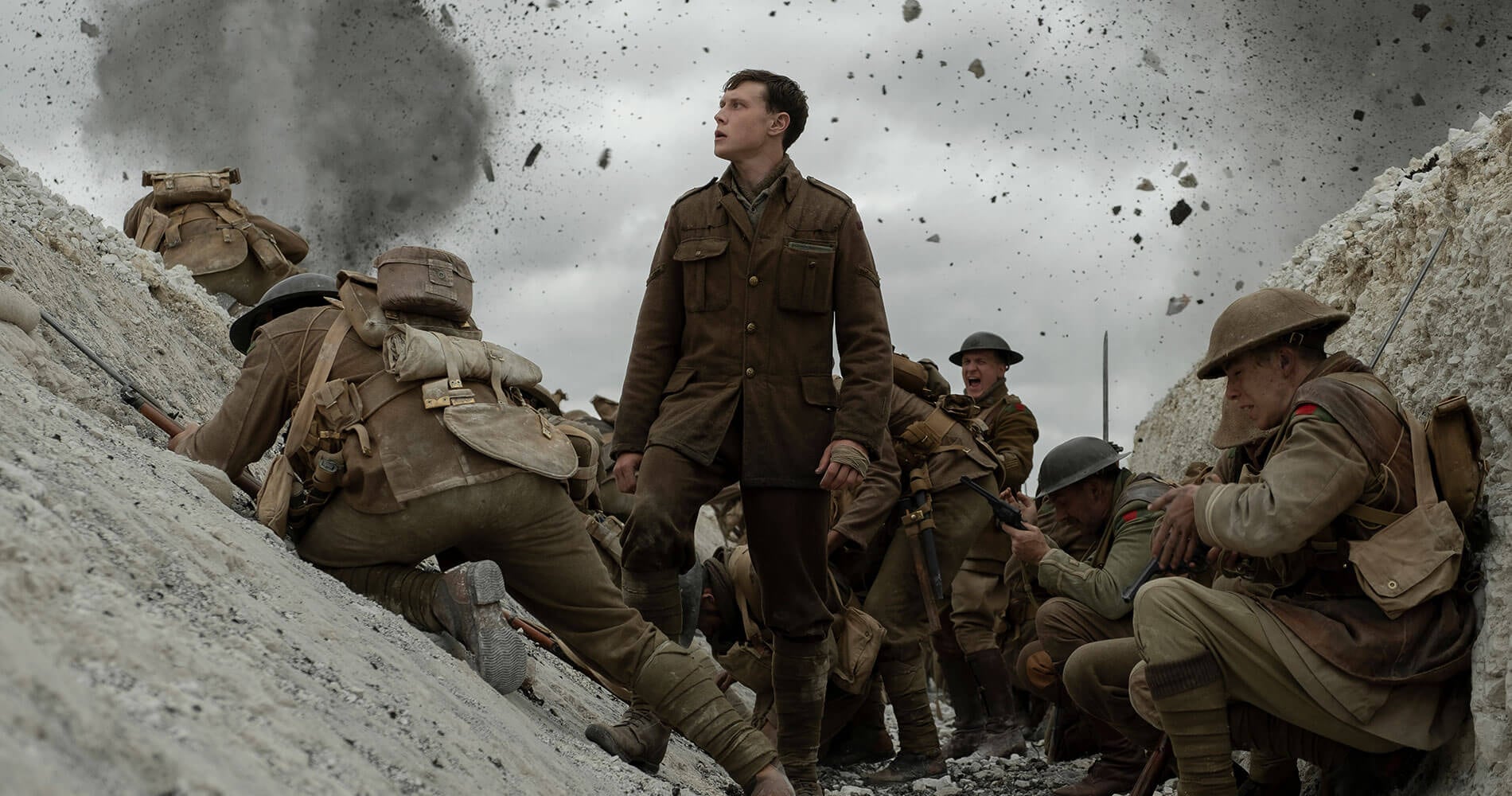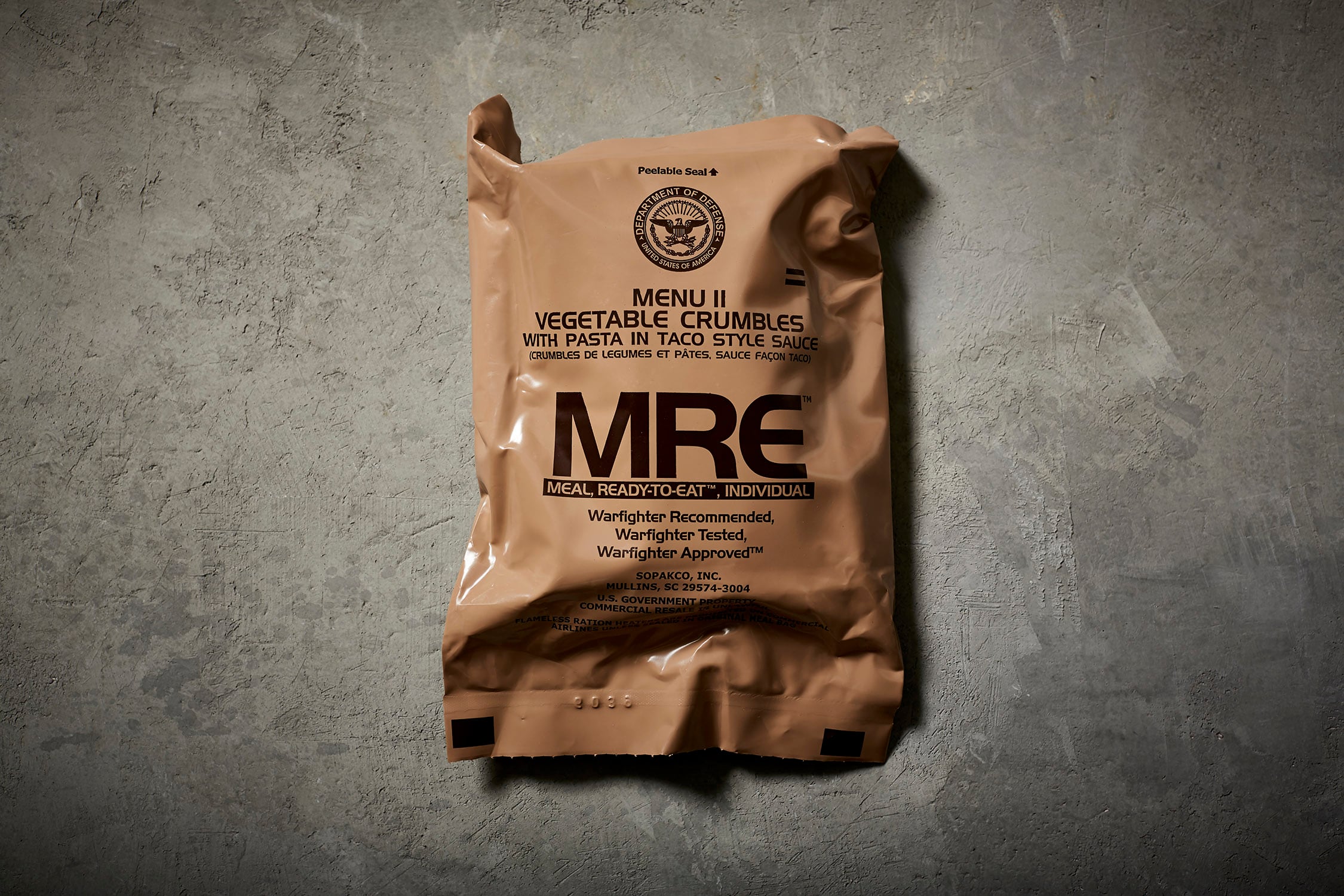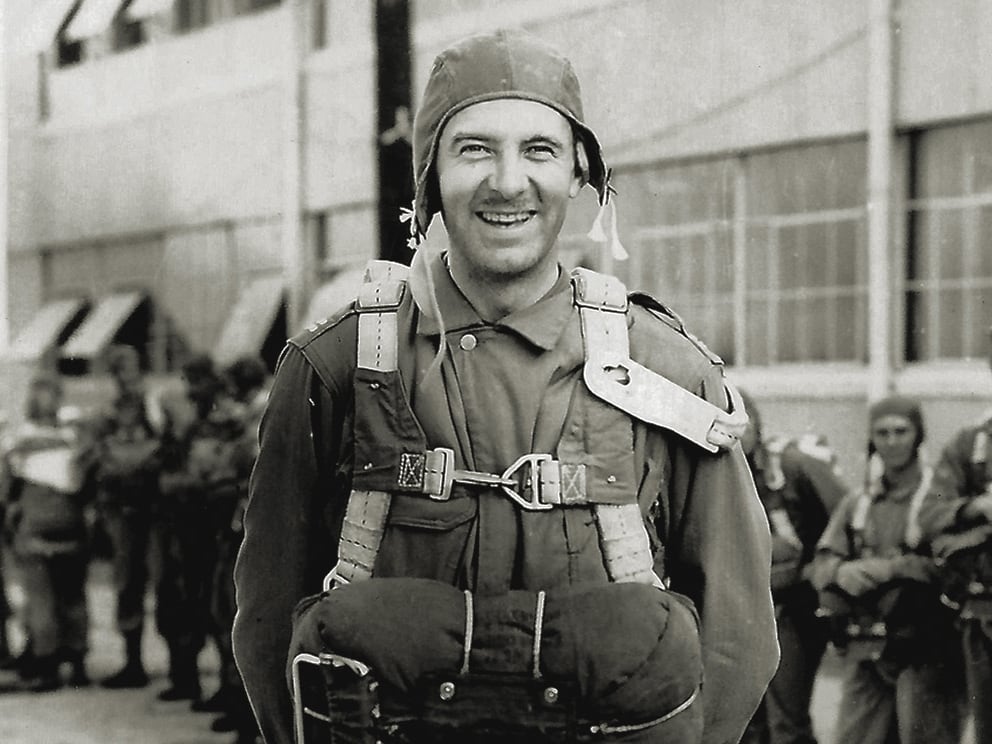Note: This article contains no spoilers.
It is no stretch to call “1917” one of the most impressive and cinematically innovative war films ever made.
The movie inspired by Oscar-winning director Sam Mendes’ own grandfather’s World War I autobiography is a technical marvel that renders a characterization of “immersive” a gross understatement.
Fooled by a German illusion of retreat in which the enemy withdrew its forces to the Hindenburg Line, the Brits are readying to strike hard, unaware they are advancing into a reinforced meat grinder.
British aerial intelligence revealed the bolstered German defenses, but with field communications knocked out, lance corporals Blake (Dean-Charles Chapman) and Schofield (George MacKay) are given the task of navigating the apocalyptic hellscapes of the Western Front to deliver the all-important message that could save 1,600 men, including Blake’s own brother — and the clock is ticking.
Co-writer Krysty Wilson-Cairns, who worked with Mendes on the Showtime series “Penny Dreadful,” penned a first-rate script that conveyed a world easily relatable to any who have ever worn the uniform.

Weaponry, technology and theaters of war evolve throughout generations, but the attitude of the grunt in the dirt, as well as the disconnect between top brass and the average fighting man, remains remarkably consistent.
From a visual standpoint, “1917” is an unmatched achievement.
The painstaking attention to detail by Mendes and Oscar-winning cinematographer Roger Deakins to bring the trenches and no man’s land of World War I to 21st century cinema results in a 117-minute continuous-shot thrill ride that is invariably stunning.
Single-shot filmmaking has gained steam in recent years, having been employed masterfully by renowned cinematographer Emmanuel Lubezki in scenes from “The Revenant,” “Gravity,” or in the thrilling firefight sequence in director Alfonso Cuarón’s 2006 film, “Children of Men.”
But never before has an entire film of this magnitude been shot using the technique. Of course, the 117-minute journey would be impossible to shoot in one take, so the crew strategically placed cuts during moments unnoticeable to the audience — a brief CGI shot or an explosion that clouded the screen.
The result is a cinematic accomplishment that leaves viewers with the sensation of having just endured something.
War is hideous — mud, rats, decaying horses, corpses mired in interminable mazes of barbed wire. Death, austere landscapes and smoldering ruins become characters unto themselves, an ever-present reminder of man’s capacity for destruction.
“From the very beginning I felt this movie should be told in real time," Mendes said in a behind-the-scenes featurette.
“I wanted people to understand how difficult it was for these men. ... Every step of the journey, breathing every breath with these men, felt integral. And there is no better way to tell the story than with one continuous shot.”
Select action sequences were so extensive that cameras had to be hooked onto wires and pushed across landscapes by operators before traversing an elevated wire reminiscent of the sky cam used during National Football League broadcasts. Operators would then have to regather the camera, unhook it, and run alongside characters before climbing into a moving vehicle for a faster sequence.
Because this technique required the use of 360 degrees of each exterior, “1917,” like “The Revenant,” had to be shot using only natural light, a process that made actors and camera operators entirely dependent on ideal weather conditions. A five-minute window of the sun ducking behind clouds could send cast and crew scrambling into position.
“It was like a piece of theater every take,” MacKay said. “Once you start, you can’t stop. If something goes wrong, you just have to keep going.”
The bulk of the story of Blake and Schofield, meanwhile, is unique for film in the sense that the two soldiers are quite ordinary. Their existence is not marked by any singular, celebrated act of extraordinary heroism. Rather, it is the pedestrian nature of the two that makes their story undeniably relatable. Moments of bravery are not dwelled upon, and horrific events happen without having the time to fixate on situational magnitude.
Following along in real time only reinforces the mesmerizing experience.
Filmmakers “might be able to cut around this or take that scene out," Mendes said of other films. "That’s not possible on this film. The dance of the camera and the mechanics all have to be in sync with what the actor is doing.
“When you achieve that, it’s really beautiful.”
“1917” is beautiful, exhausting, haunting, emotional, and an absolute must-see. It is scheduled for a limited Christmas Day release before hitting theaters nationwide on Jan. 10, 2020.
J.D. Simkins is the executive editor of Military Times and Defense News, and a Marine Corps veteran of the Iraq War.
Tags:
1917 movie1917 world war iworld war i moviesbest war moviessam mendes 1917sam mendes directorworld war i moviebest swar movies ever mademost realistic war moviesIn Other News















